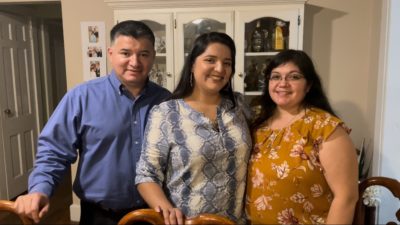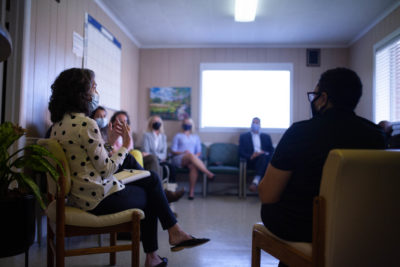In March of 2020, I spent many sleepless nights thinking about the girls served at Project Scientist. The program offers summer STEM camps for girls ages 4 to 12 with credentialed teachers. From our humble beginnings in Charlotte with my young daughter and a few of her friends in 2011, we have grown to serve more than 3,000 girls each summer in multiple states on college campuses.
Most of the girls who participate in the program come from under-resourced backgrounds. My team was beginning to realize the devastating impact the pandemic could have on STEM (science, technology, engineering, and math) education, and I was worried.
Would these girls miss out on discovering STEM? I’ve seen the joy it can bring, and the inspiration it can create. How would they be able to learn about STEM and the careers that await them, if we couldn’t teach and inspire them in person?
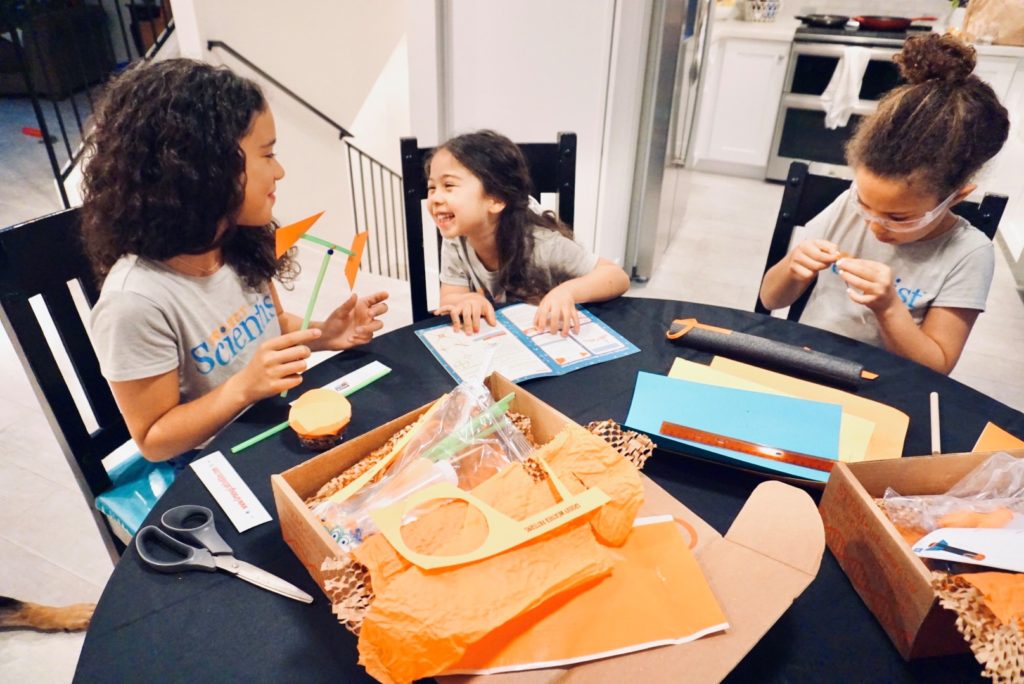

A study from Harvard and UNC-Charlotte in 2016 praised our results with in-person learning, but we had no experience as an organization with virtual teaching. It was clear that had to change because of the pandemic. The task was daunting, the risks real.
More than a year later, Project Scientist has cracked much of the code on how to teach hands-on science, technology, engineering, and math virtually. A study on our first virtual summer program found nearly 70% of girls said they liked online learning better after participating in Project Scientist. About 87% of participants felt they could be themselves in the program, and 88% felt it’s okay to make mistakes — a key factor in girls’ persistence in STEM.
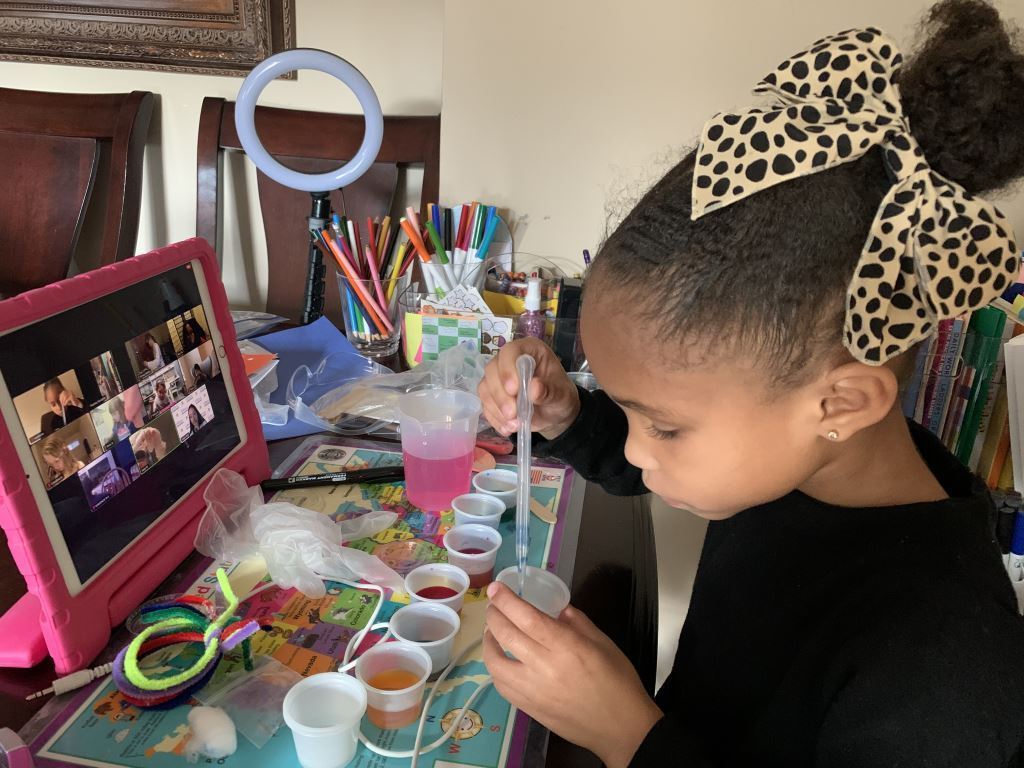

Encouraged by these results, we added an after-school STEM Club last fall with hands-on experiments and conversations with female STEM role models. The club will continue this year in three time zones, helping to make up for the lack of hands-on STEM during the pandemic.
We’ve seen such positive outcomes that we’re expanding with a new virtual mentoring program for girls ages 13 to 15 in the U.S. We’re also launching our first international program next year in Mexico, taught virtually in Spanish.
Online teaching has given us opportunities we never imagined before.
What we’ve learned transitioning online
Keep the learning hands-on in real life. We initially considered online learning vendors who could help us, as one example, show girls how to “grow” a plant virtually. The plant, sunshine, and watering would all be illustrations on a screen. We’ve opted instead to send each girl a kit in the mail with all the supplies she needs to conduct experiments at home each week, led by our teachers online.

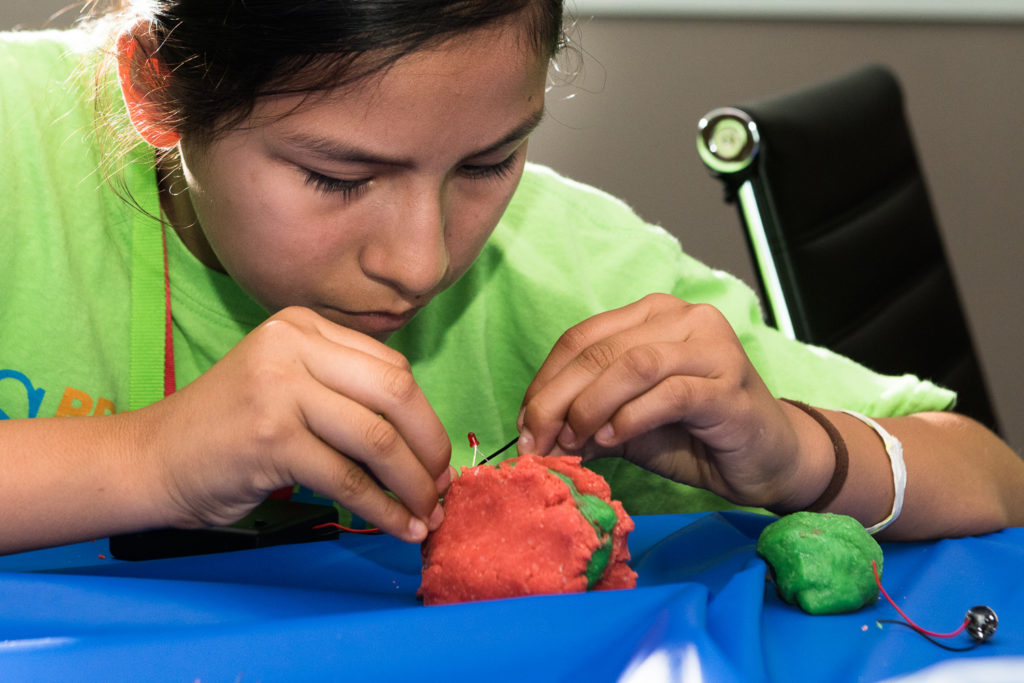
Project Scientist, hands on learning. Courtesy of Project Scientist 
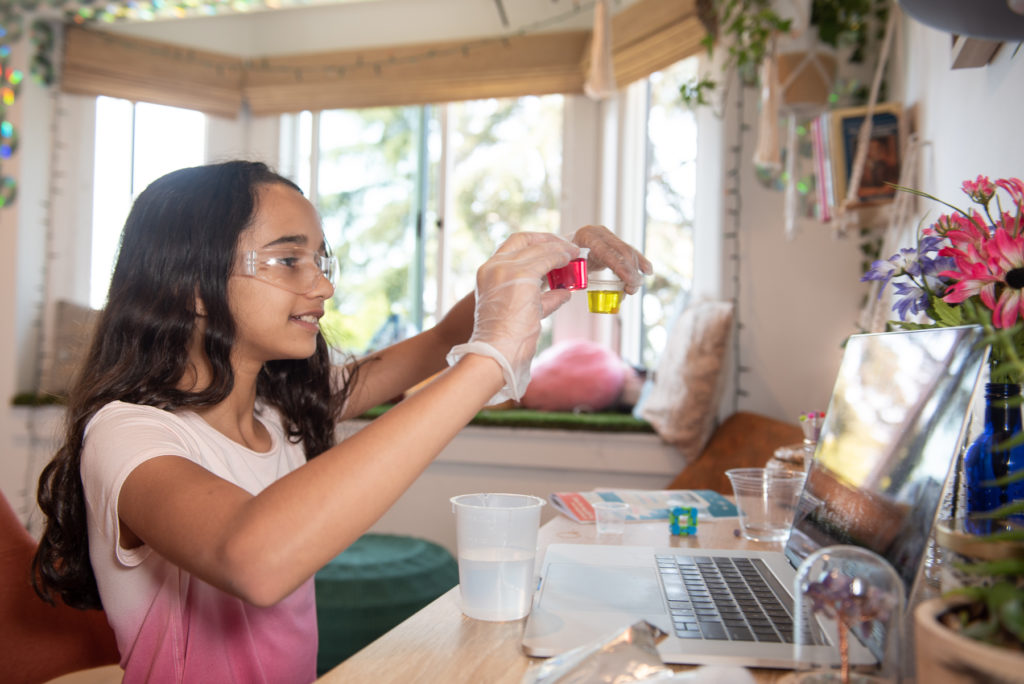
Project Scientist, hands on learning. Courtesy of Christina Shook
Speed up the pace. All Project Scientist programming divides girls by age. We discovered that we needed to move much more rapidly from activity to activity in online learning compared to in-person, especially for our 4-to-6-year-olds. Our programming includes virtual expeditions to STEM companies so girls can learn about careers and imagine themselves there. Those trips got shorter, too, to keep the girls engaged.
Give teachers flexibility. The fundamentals of Project Scientist remain constant whether in-person or virtual. We know best practices for engaging girls in STEM, from fostering a growth mindset and learning from failure to encouraging collaboration. We also follow the SciGirls guidelines for engaging girls in STEM, including specific, positive feedback on girls’ effort, strategies, and behaviors. Within that framework, we realized the programming is most enticing when skilled teachers can add their own creative approaches.
Ask girls about the subjects they want to learn. We have the luxury of surveying students and parents about the topics that intrigue them most. While climate change and the environment are always popular, we didn’t expect our most-requested subject for summer 2021 would be brain science.
Let kids stay off-camera sometimes. Many adults don’t enjoy looking at themselves during video calls. Girls can feel the same way. Our girls come from all income levels and home lives. They don’t necessarily have a quiet place where no one else is around during their learning. Asking them to have the camera on all the time would be expecting a lot. We ask for cameras on during some activities and make it optional otherwise.
Address obstacles for lower-income students. Thanks to generous grants from Trane Technologies, Lowe’s, and other corporations, we’ve been able to offer an iPad and Wi-Fi service to any girl who needed them to participate in Project Scientist. For all families, we try to over-communicate how to set up their girls for success in our program through texts, emails, and parent orientations.
Work together. Project Scientist started pilot programs this summer with nonprofits in Charlotte and Minneapolis. We supply the virtual instruction, including virtual conversations with female STEM professionals, virtual expeditions to STEM companies, and all the supplies to conduct the hands-on experiments. The organizations host the girls, who work together on individual tablets. We believe this kind of partnership can bring enormous value to nonprofits serving girls. They don’t need to have expertise in STEM education or access to STEM professionals themselves — they can provide that through Project Scientist. We’re talking now with a variety of schools about bringing our weekly STEM Club to their after-school programs.
Recognize that companies want to be involved. STEM corporations are excited about having a cool volunteer opportunity to offer their employees. It’s a way to keep employees connected towards a meaningful goal and build bonds during a stressful time in our national life. Many female STEM professionals are keen to motivate the next generation in STEM.
In all parts of the country, companies tell us they’re looking for workforce development. Parents are demanding it, too. With the rising cost of college, students won’t attend a university just for the sake of going, especially from lower-income households. They want to know what benefits they’ll gain for their careers.
The pressure is on for school districts to be innovative. Partnering with organizations like Project Scientist can help. We can bring career connections to students, including contacts with professionals who can make fields like biomedical engineering tangible for students.


